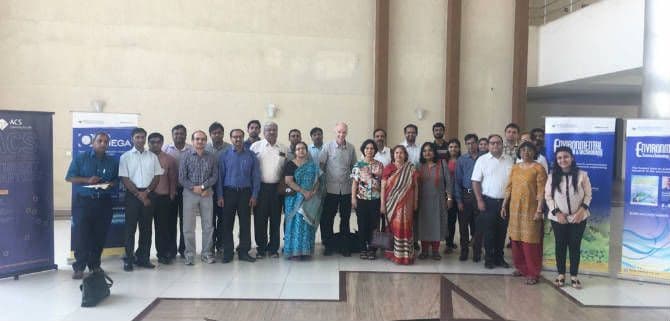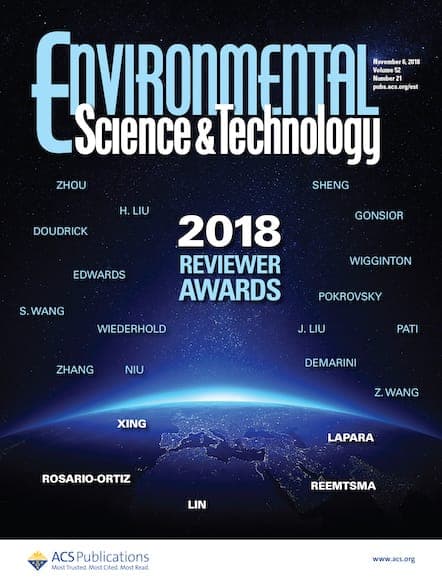The author of “Water 4.0” and Editor-in-Chief of Environmental Science & Technology (ES&T) Professor David Sedlak, UC Berkeley recently visited India to meet local environmental experts. During his talk at IIT Delhi, organized by the Indian Government’s Department of Science and Technology, he shared his experience, insight, and passion for the work he is doing. […]

The author of “Water 4.0” and Editor-in-Chief of Environmental Science & Technology (ES&T) Professor David Sedlak, UC Berkeley recently visited India to meet local environmental experts. During his talk at IIT Delhi, organized by the Indian Government’s Department of Science and Technology, he shared his experience, insight, and passion for the work he is doing. His talk explored earlier revolutions in urban water and discussed predictions of what the future might hold.
“The repeated cycle of growth, failure, and reinvention that has occurred over the past 2500 years of urban water systems can be likened to a series of revolutions. The first revolution, Water 1.0, occurred as the piped water systems and sewers first built by the ancient Romans were replicated in Europeans cities that were growing very quickly during the first wave of global industrialization.” Water 2.0 came in response to the results of the continuous expansion of these cities; massive volumes of waste was flowing into the rivers causing cholera and typhoid. “Water 3.0 occurred as sewage treatment plants became a standard feature of urban water systems.” Now is the time for Water 4.0, a revolution which will deal with continued population growth and climate change, provided we are willing to invest the resources, energy, and political will, said Professor Sedlak during his talk at IIT Delhi.
